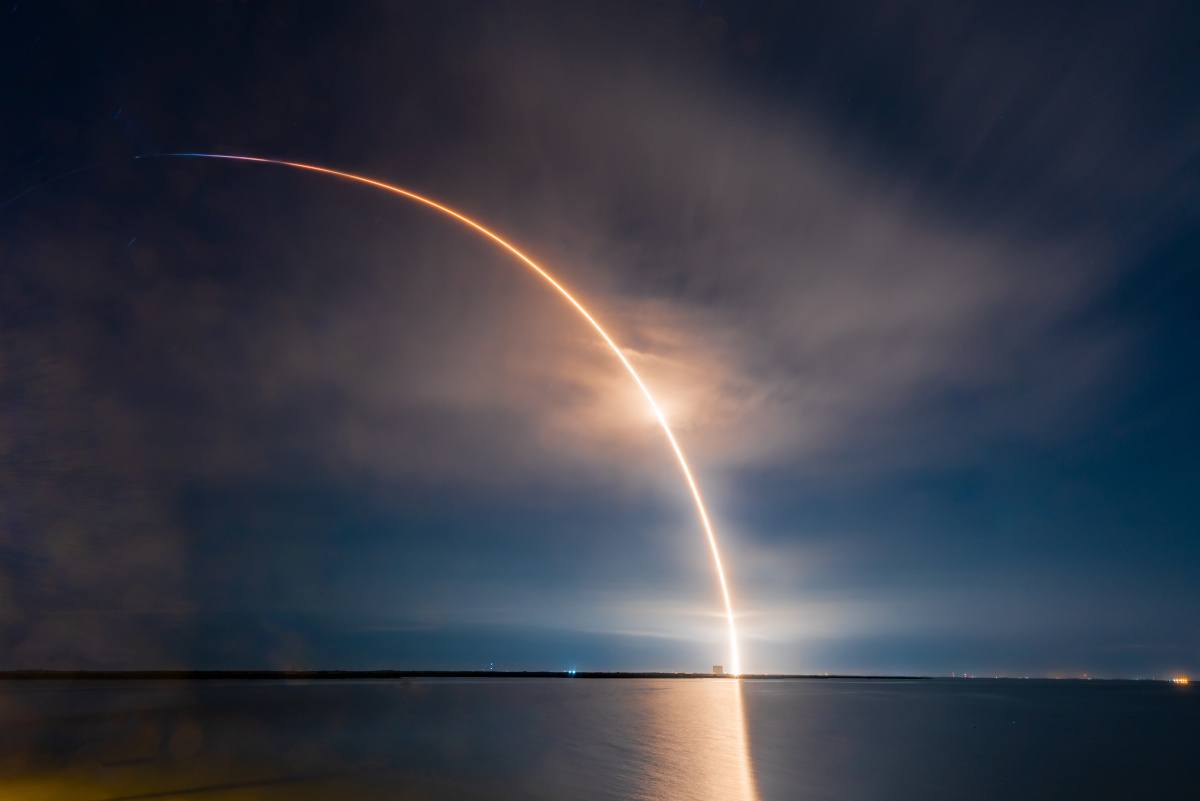
Starlink is causing a stir in both the heavens and on Earth
October 25, 2023
With little competition in sight other than Amazon’s fledgling Project Kuiper, Elon Musk’s Starlink is dominating space – but its reputation isn’t stellar.
About a year ago, when the human population hit the 8bn milestone for the first time, people were talking about how the world is getting more crowded. But another part of our human world that is getting increasingly crowded, and one that we don’t think about often enough, is space.
Over the weekend, SpaceX launched dozens of satellites into space – more specifically, the lower-Earth orbit – as part of its Starlink constellation that aims to bring high-speed internet to all corners of the globe. This brings the total number of Starlink satellites in orbit to nearly 5,000.
Hurtled into lower-Earth orbit aboard the powerful Falcon 9, a class of rockets that also helps national space agencies launch their own missions, the 44 Starlink satellites add to Musk’s rapidly growing presence in the space sector – with no worthy competitor in sight.
Even though the idea of making high-speed internet more accessible even in the most remote parts of the world seems noble, there are many concerns around how quickly Starlink is taking over the skies. For one, sudden bright lights beaming across the night sky has been confusing many.
But less innocuous consequences of Starlink’s ubiquitous presence above the clouds are increased chances of collisions, interference with other scientific missions, the dangers of satellite’s re-entering the Earth’s atmosphere and the growing incidents of space debris.
In July, for instance, an international study found that SpaceX’s Starlink satellites are emanating “unintended electromagnetic radiation” that has a detrimental effect on the field of radio astronomy. Lead author Federico Di Vruno said that while astronomers have previously theorised about this kind of radiation, latest observations “confirm it is measurable”.
“This study represents the latest effort to better understand satellite constellations’ impact on radio astronomy,” said Di Vruno, co-director of the International Astronomical Union’s Centre for the Protection of the Dark and Quiet Sky from Satellite Constellation Interference.
Electromagnetic radiation is different from communications transmissions, which had been the primary focus for radio astronomers so far because of their ability to outshine astrophysical sources. Now, new non-communication sources add further complexity to the issue.
But some of the problems associated with Starlink’s dominance are closer to home. A little more than a year ago, when Ukrainian officials sent Musk an emergency request to activate SpaceX services to Sevastopol, a Crimean port where Ukrainian forces planned a surprise attack, Musk refused under the pretext that he was concerned about a potential nuclear response from Russia.
The...











 What we do
What we do





















 Contact US
Contact US

